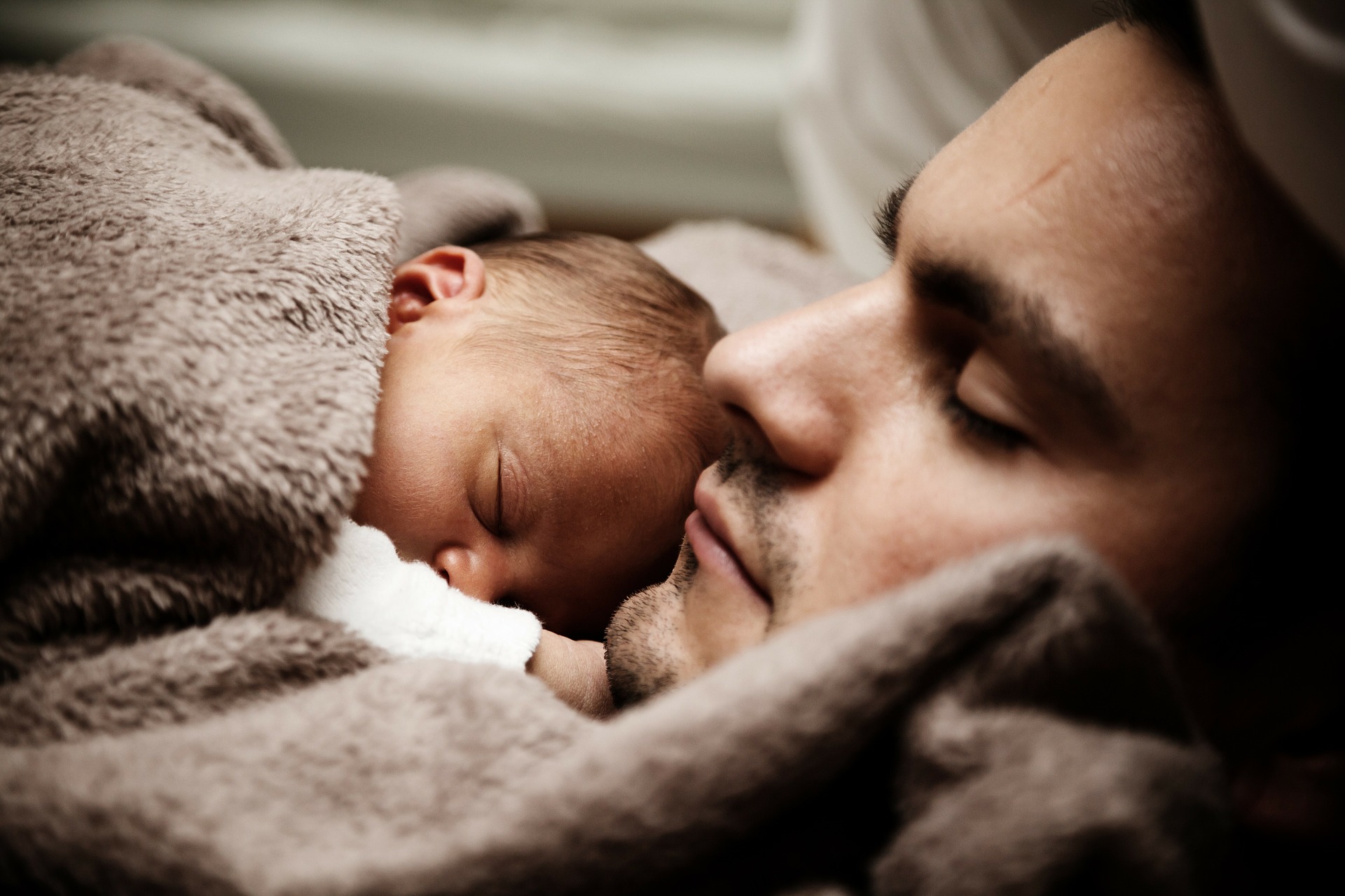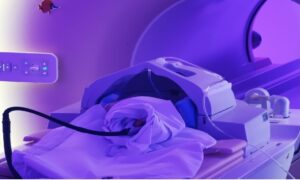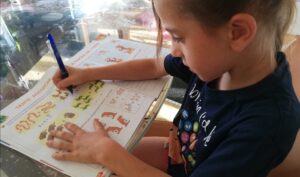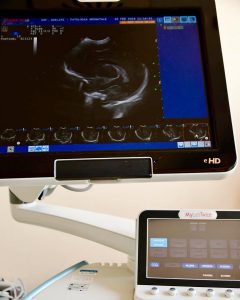An unexpected birth, or one that does not reflect the expectation of every couple and the subsequent hospitalization of the newborn in a Neonatal Intensive Care Unit, can result in an interaction with sensory stimuli being sometimes inadequate both in quantity and quality (such as; alarms, voices, cries, movements, medical practices that sometimes are invasive, intense exposure to artificial light, … ..).
These sensory experiences, regardless of adequacy, interact with what the psychomotor
development typical of the newborn should be influencing the growth of a brain
that is not yet well formed or yet to be matured.
It is necessary to explain what connectivity is and don’t take it for granted.
If the newborn is born very prematurely, brain injuries of different importance can be developed, but fortunately, it happens more and more rarely.
The development of “connectivity”,
that is, those connections between neurons that allow the brain to function,
remains fundamental for development in every brain, with and without injuries.
It is clear that connections are formed, developed in the process and are,
therefore, partially influenced according to the different experiences and
moments in which these experiences occur.
The environment of the Neonatal Intensive Care unit may therefore influence long-term outcomes interfering with the development of brain connectivity in a very sensitive period of life of the small infant.
Several scientific studies report that a valid sensory exposure is desirable through the use of different stimulation methods (music therapy, kangaroo care, oro-bucco-facial stimulation, infant massage, visual stimulation) to help the trans modal integration of sensory inputs to aim and to potentially reach a long-term outcome that is as much as possible useful in the development of cognitive functions (such as memory and executive functions).
In this sense, integrated sensory stimulation could support brain plasticity (the brain’s ability to adapt to external and environmental stimulations, modifying its structure and its resulting functions), favoring cognitive development in a hospitalized infant which is most possible similar to what also happens to a fully developed newborn.
The fully developed newborn receives from the environment a synchronic stimulation that involves all the sensory areas and with development, he will learn to integrate the different information coming from different sensory systems through the perception of the surrounding environment.
Starting from uterus and throughout the gestational period, the fetus is
subjected to multimodal sensory exposure; newborns hospitalized to NICU, on the
other hand, risk to receive sensory exposure that is poorly suited to its brain
development. Stimulating a correct sensory stimulation aim to enhance the
experiential loads and to promote optimal outcomes for the newborn and for his/her
entire family.
With the support of the literature that highlights how research is in continuous development in this sector, our intent is to start from these assumptions for laying the foundations for a progressive renewal of the NICU towards a perspective of greater knowledge, information and care about hospitalized infant’s psychomotor development not only in the short term but also in the long term.
This path has already had its inception with the inclusion of some stimulations that are now part of the daily routine of our NICU, but there’s more; an example could be the Kangaroo Care which uses Skin-to-Skin contact not only for the benefit of the newborn, but also of the mother or father, laying the foundations for bonding, specific, deep and permanent relational bond that binds the parent to his/her own child. In cases where the newborn cannot enjoy this contact because it is not yet stable enough to tolerate being moved from the incubator to the parent’s chest, you can use your hands to gently hold your baby through handling.
Another type of stimulation introduced in recent years among the little guests of our NICU, and which has already made its results evidently, is the “Piomi method” – a series of oral and perioral and motor sensor stimulations carried out by a professional speech therapist in collaboration with the parent, which aim to optimize the feeding of the newborn so that it is able to eat independently in the shortest time and in the best possible way.
Do not forget also that the involvement of parents in the administration of sensory stimulations can lead to a lower parental stress level and an increase in consequent environmental positivity; we believe that building in the most positive way a springing up relationship could support a better development of the new born first and of the child later.
Among the techniques used by the operators and staff to make daily medical procedures more tolerable, a special mention goes to the use of sensory saturation in order to obtain an increase in the threshold of tolerance to pain perception: this technique is based on the principle that, providing children with adequate positive stimulation (for example through sucking, contact with the parent, wrapping, auditory stimulation by the parent), infants tend not to perceive the negative input stimulus due to the pain as a result of a puncture from the first extraction of the heel. All these methodologies are easily thrilling but in our ethical and operational principles, the rigor of the species method must remain in particular to demonstrate positive effects of every research project before using it extensively in the clinical practice.
Considering therefore that a better control in the administration of adequate stimulations being able to optimize the development of our patients, will automatically leads to a lower administration of inadequate stimulations that could hinder an already difficult brain development, continuing towards a perspective of sensory integration that could allow the newborn to live in an environment more responsive to his/her needs and needs, can be of help and support to its uphill path of life, especially within an intensive therapy.
Alessia Frulli





